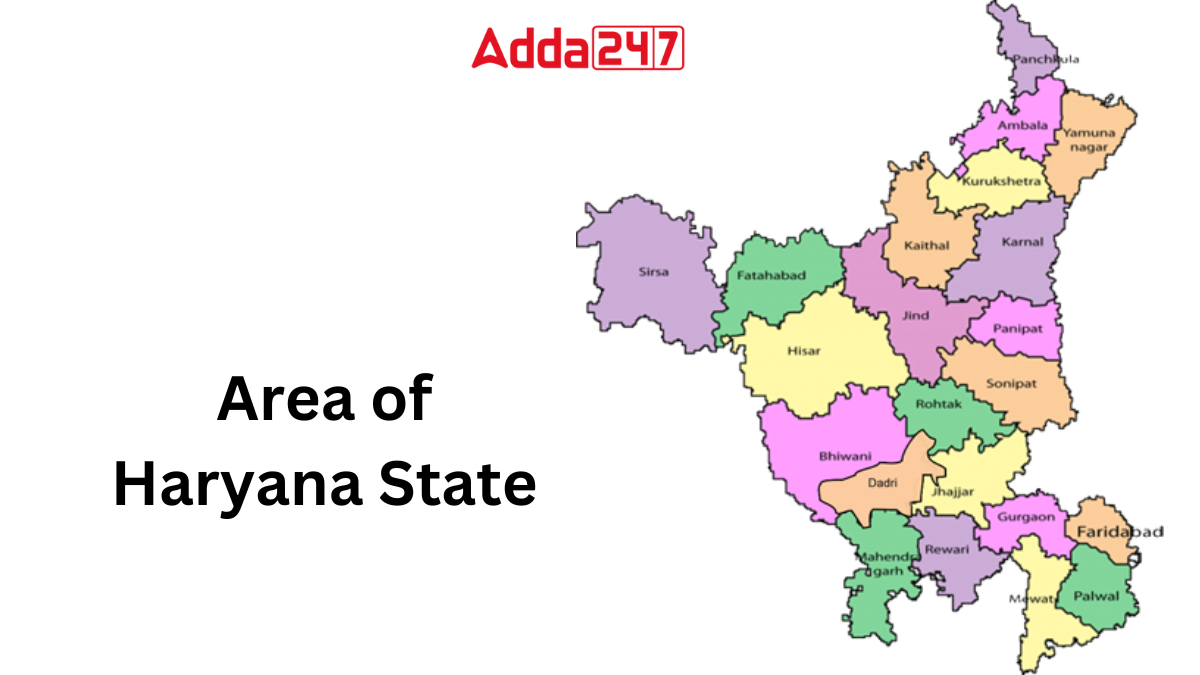Haryana, a state in north-central India, was created on November 1, 1966, following the reorganization of Punjab. It serves as a key region in India, blending rich history with significant geographical and administrative features. The name “Haryana” translates to “The Abode of God,” reflecting its deep-rooted cultural and historical significance.
An Overview of Haryana
Haryana is bordered by Punjab and Chandigarh to the northwest, Himachal Pradesh and Uttarakhand to the north and northeast, Uttar Pradesh and Delhi to the east, and Rajasthan to the south and southwest. Chandigarh, the capital city of Haryana, also serves as the capital of Punjab and the union territory of Chandigarh.
History of Haryana
The region now known as Haryana has a long and storied past. It was an integral part of the Vedic culture and Hinduism’s early development. Haryana witnessed several significant historical events, including the invasion by Alexander the Great and crucial battles such as those of Panipat and Karnal. During British rule, Haryana was part of Punjab until it became a separate state in 1966 due to demands for a distinct Hindi-speaking region.
Geographical Significance of Haryana
Haryana’s landscape is characterized by its alluvial plains and the Siwalik Range to the northeast. The state features remnants of the Aravalli Range in its southern parts. The terrain influences its drainage patterns, with the Yamuna River being the primary perennial river. Seasonal streams from the Siwalik Range and the historical Ghaggar River contribute to the state’s water system.
Area of Haryana
Covering an area of 17,070 square miles (44,212 square kilometers), Haryana is a relatively small state but plays a crucial role in India’s agriculture and industry. Its fertile plains are pivotal for its agricultural output.
Population of Haryana
As of the 2011 census, Haryana had a population of 25,353,081. The state’s demographic composition primarily consists of Hindus, with Sikhs and Muslims forming significant minorities. The Jats, a prominent agricultural community, are an essential part of Haryana’s social and economic structure.
Capital of Haryana
Chandigarh serves as the capital of Haryana, Punjab, and the union territory of Chandigarh. It is a planned city known for its modern architecture and urban design, playing a crucial role in the administration and governance of these regions.
Administrative Divisions of Haryana
Haryana is divided into six administrative divisions, each further subdivided into districts. Each division is overseen by a divisional commissioner, and districts are managed by deputy commissioners. The state also operates a panchayat system for local governance at the village level.
Education in Haryana
Education in Haryana has been prioritized, with significant investments in both government and private institutions. The state hosts several prominent universities, such as Kurukshetra University, Maharshi Dayanand University, and the National Dairy Research Institute. Despite these advancements, challenges remain, especially in ensuring widespread literacy among rural populations and women.





 Which City is known as the City of Bambo...
Which City is known as the City of Bambo...
 Who was the First Home Minister of India...
Who was the First Home Minister of India...







